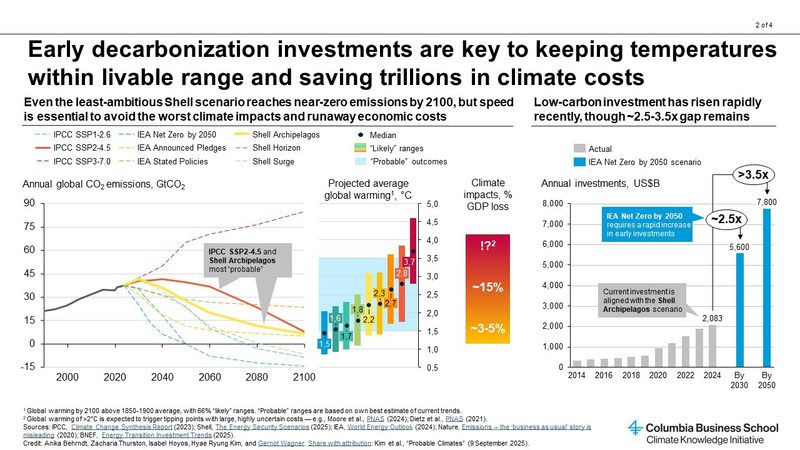What counts as climate mitigation costs
To be clear, even 1.5 °C appears to be ‘optimal’ in the all-encompassing economic sense of the term6,7. Moreover, even global carbon prices approaching US$500 per tonne are roughly in line with recent social cost of carbon estimates8. But declaring that something ought to be the case does not make it so.
That leads back to the broader, inherently philosophical question of how to treat institutional and other barriers to the rapid deployment of high-efficiency, low-carbon technologies. They are indeed barriers to be overcome with appropriate climate and energy policies. McKinsey, the IPCC and many others, thus, are correct in pointing to the vast technological, cost-effective mitigation potentials. Bertram et al. are similarly correct in concluding that their study “helps to establish a new benchmark of mitigation scenarios that goes beyond the so far dominant cost-effective scenario design”. The key part is that either is used appropriately: as a call for climate action and a roadmap of barriers to overcome.
Full text: "What counts as climate mitigation costs" [paywalled; free full-text PDF]

